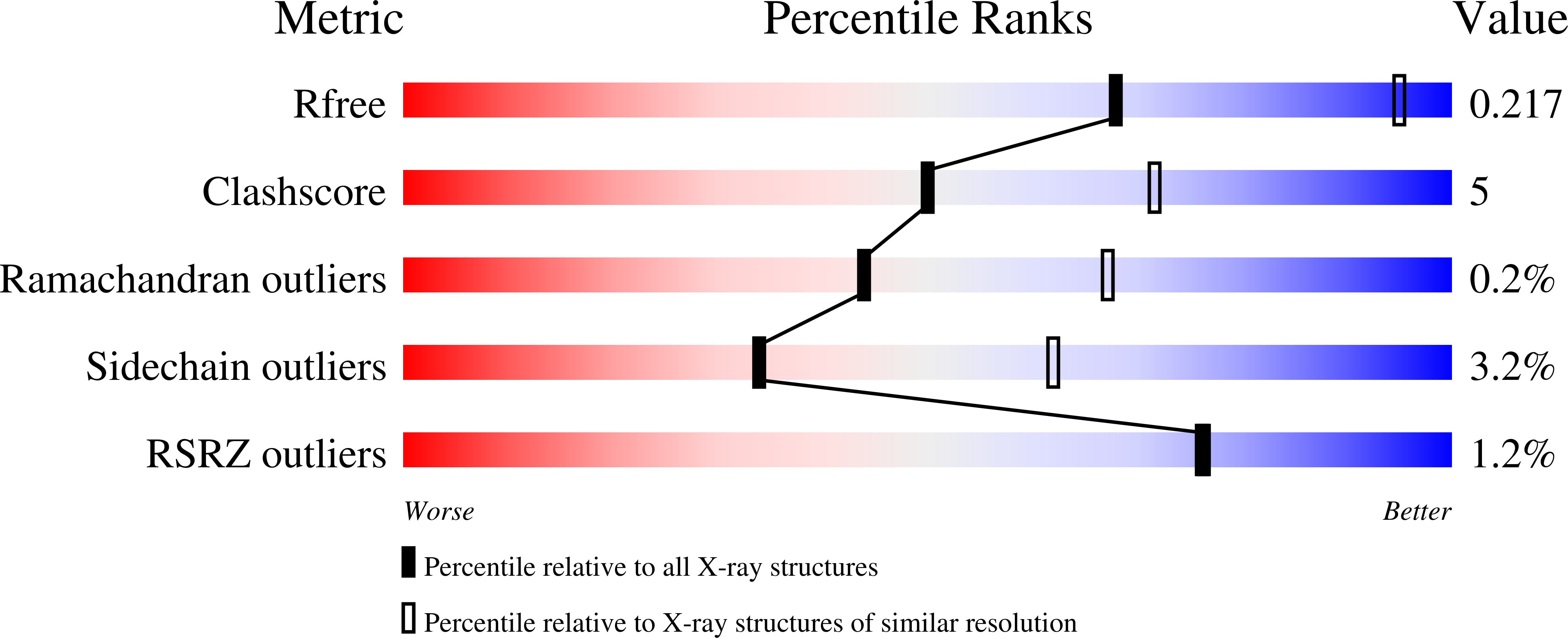
Deposition Date
2024-08-08
Release Date
2024-11-27
Last Version Date
2024-12-11
Entry Detail
PDB ID:
9D29
Keywords:
Title:
Crystal structure of (+)-sabinene synthase from Thuja plicata: condition 2
Biological Source:
Source Organism:
Thuja plicata (Taxon ID: 3316)
Host Organism:
Method Details:
Experimental Method:
Resolution:
2.72 Å
R-Value Free:
0.21
R-Value Work:
0.17
R-Value Observed:
0.17
Space Group:
C 1 2 1


